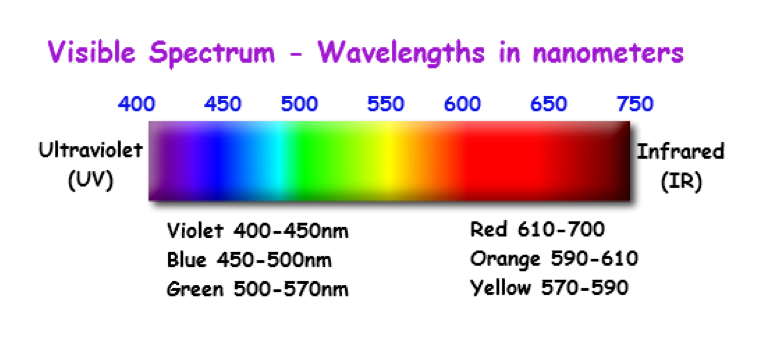Your Cart is Empty
U.S. ORDERS $75+ SHIP FOR FREE
U.S. ORDERS $75+ SHIP FOR FREE

Why Ultra Red?
November 01, 2018
There is no denying that black bags sell. It's a safe choice for consumers and it matches almost anything. Kevin and I, from the beginning, have had the desire to introduce colors beyond black into our product offerings. When the opportunity arose to build a limited run of a unique color-way we were inspired by the color choices often selected for mountain and safety products where visibility can be a matter of life and death.


Ultimately we found the exploration of red to be most in line with a modern viewpoint for EVERGOODS going forward. Our attempt was to find a hue that was certainly red, but one that would appear more or less so depending on the lighting in a given environment. Bringing this outdoor color-way to our CIVIC line up has been a a lot of fun.
Visibility concepts in the selection of ULTRA RED.
Chromatic contrast in full daylight:
Red stands out by being a bright, vivid color that is different than its surroundings.
Monochromatic contrast in low light / twilight:
As sunlight diminishes individual colors become less discernible and things slowly start to appear monochromatic (light and dark). Longer wavelengths of light (red, orange, yellow) disappear first, while shorter wavelengths (green, blue, violet) persist longer. Eventually in the absence of light nothing is visible, anything that is visible will appear as some value of blue or violet.
During the fading twilight, red is the first wavelength to disappear, turning black before others. This helps it to more readily stand in contrast to lighter colored backgrounds (snow field, concrete wall, light colored field or rock face). Trying to see something in a dark or shaded area during periods of low light is a losing battle no matter what color is displayed (without light colors cannot be seen anyway). Red is chosen to appear black soonest and stand in contrast to the brightest areas as the light fades. Once night falls, no colors are effectively “hi-vis”.
A bright yellow backpack in this same fading light scenario is more likely to color shift into the green/blue light spectrum at dusk, and appear to be a similar color to a concrete wall, rock face or snow field. It may remain visible, but lacks contrast with visible surroundings.
* Disclaimer: There are many variables involved in the physics of light and the perception of color. These concepts and arguments are more applicable to sunlight (less reliable in reference to artificial light). And they do not apply to colors treated with optical brighteners (fluorescent colors).








